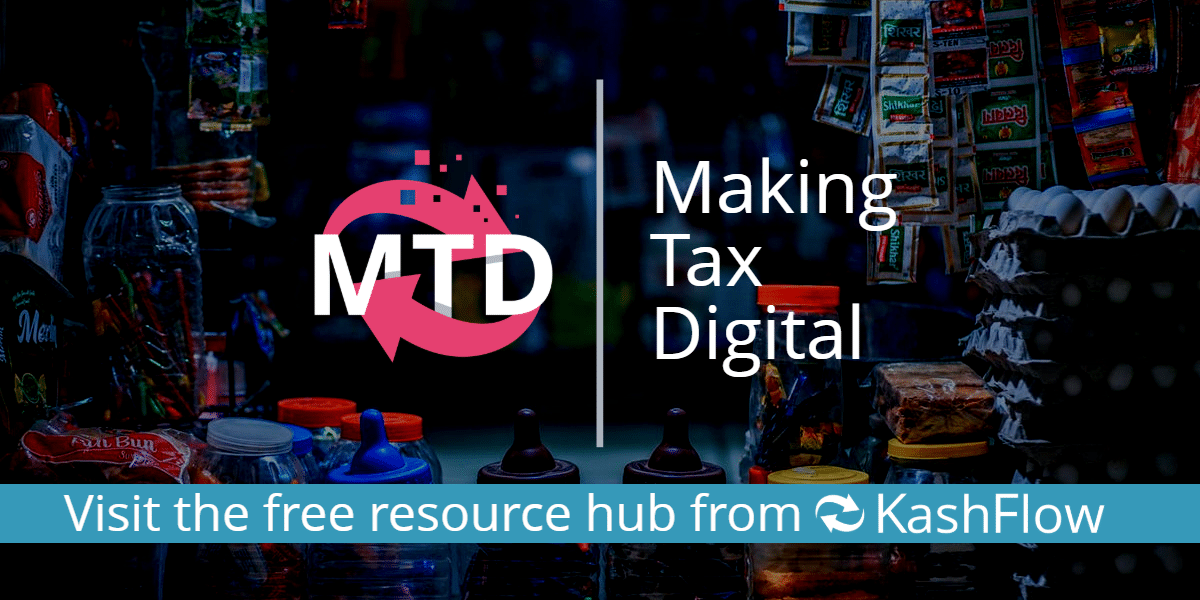Dealing With Wages In Control Accounts
As a business, the wages that you pay might well be one of your biggest regular expenses. Not only that, but it’s vital to keep your employees happy and ensure they get the money that they’re owed each month.
It’s important, therefore, to keep on top of your payroll. By tracking wages in your control accounts you’ll have a good idea of what the picture is for your company.
Wages in control accounts explained
Your control account – a summary of the credit and debit totals of your other accounts – is important when it comes to being able to accurately and confidently fill in your financial paperwork.
When it comes to looking at wages here, you first need to consider what makes up your gross pay – the total that you would pay to staff if there were no deductions.
Your gross pay is made up of:
- Basic pay
- Holiday pay
- Statutory payments such as sick pay and maternity pay
This is, however, not the full cost involved in paying your staff. For each employee, you must pay the appropriate level of National Insurance too. Remember that both you and the employee pay some National Insurance and the two shouldn’t be confused.
Wages in accounting: Deductions that must be made
Before sending pay out to employees, however, businesses also need to be aware of deductions that have to be made from gross pay.
Through the system known as PAYE, HMRC issues a tax code to employees, which determines how much income tax and National Insurance that they should pay.
You will credit your wages control account with the amount of gross pay owed, take off the deductions you’ve calculated and be left with the balance.
The wages control account should, therefore, show the amount that is due to be paid to all staff, allowing you to then make an accurate payment.

